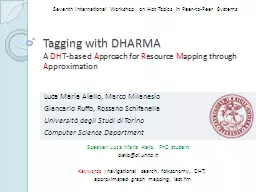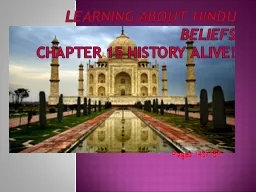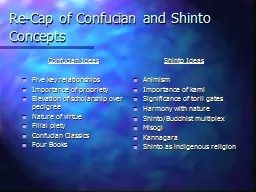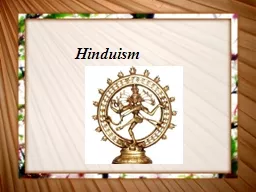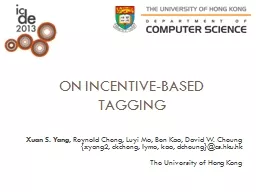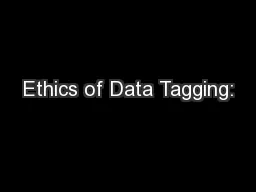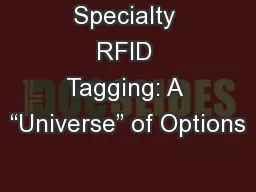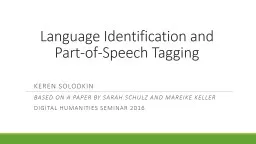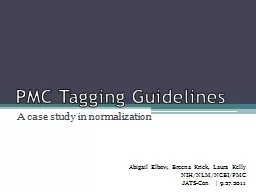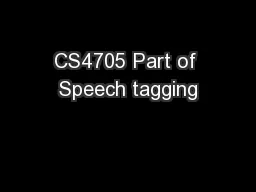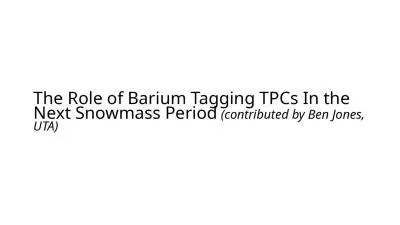PPT-Tagging with DHARMA
Author : ellena-manuel | Published Date : 2016-09-09
A DH Tbased A pproach for R esource M apping through A pproximation Luca Maria Aiello Marco Milanesio Giancarlo Ruffo Rossano Schifanella Università
Presentation Embed Code
Download Presentation
Download Presentation The PPT/PDF document "Tagging with DHARMA" is the property of its rightful owner. Permission is granted to download and print the materials on this website for personal, non-commercial use only, and to display it on your personal computer provided you do not modify the materials and that you retain all copyright notices contained in the materials. By downloading content from our website, you accept the terms of this agreement.
Tagging with DHARMA: Transcript
Download Rules Of Document
"Tagging with DHARMA"The content belongs to its owner. You may download and print it for personal use, without modification, and keep all copyright notices. By downloading, you agree to these terms.
Related Documents

